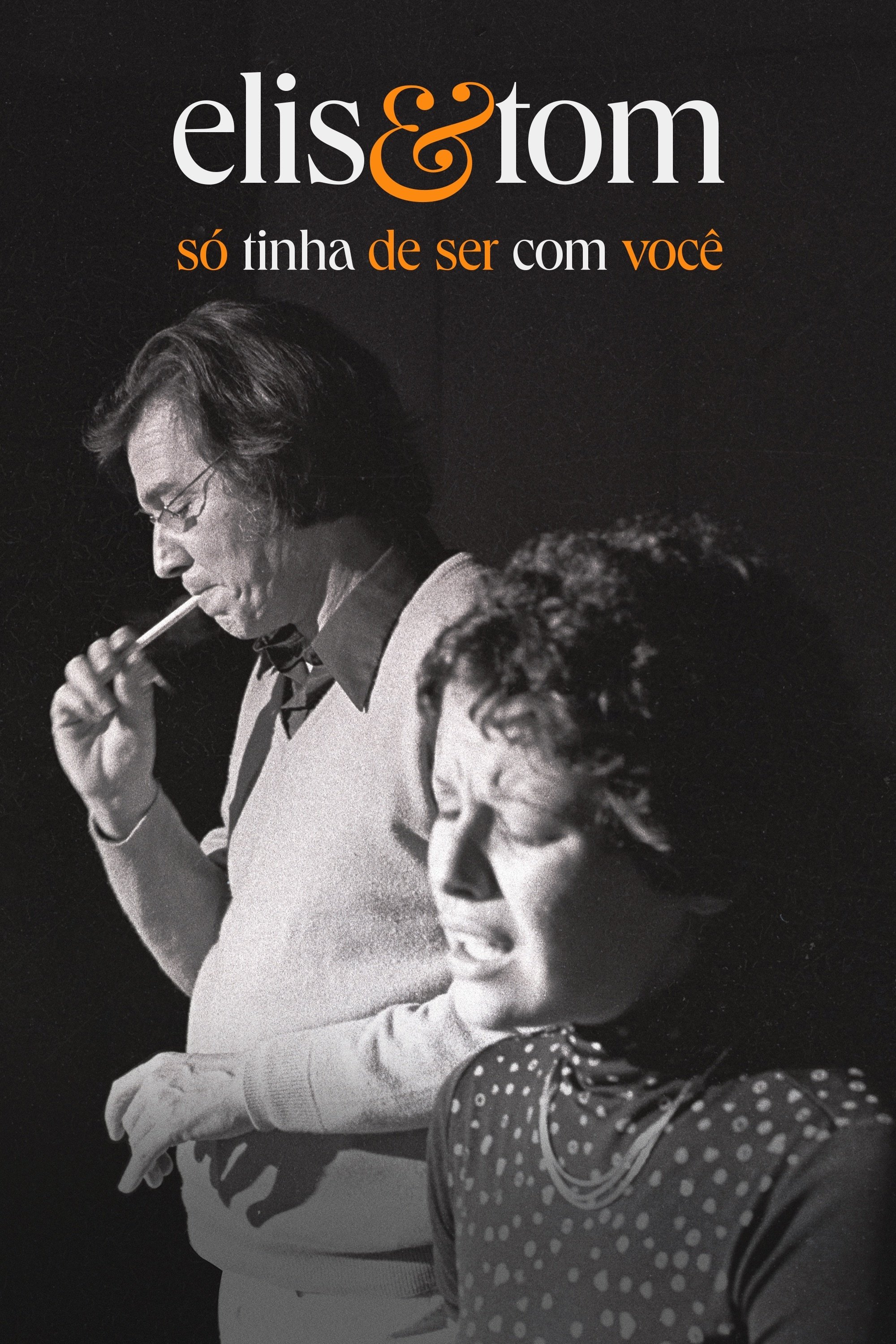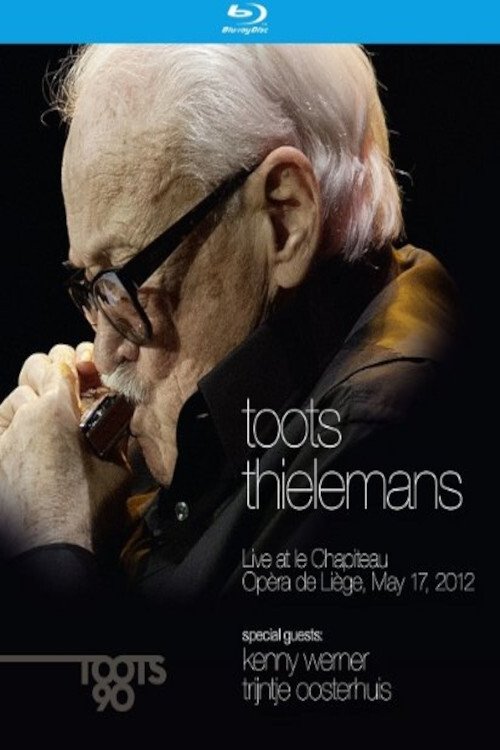

Elis & Tom is considered one of the most important albums in the history of Brazilian music. Recorded in Los Angeles, in 1974, it was all captured by a team of filmmakers led by director Roberto de Oliveira, who arranged for the duo to meet. The original footage was kept for 45 years until restored and remastered in 2018. The film is also an exciting reunion of the director with the artists and the material he filmed nearly five decades ago.



Everyone knows Toots Thielemans, the musician who won the world over with his harmonica, his unique smile and his famous song “Bluesette”. Yet few know who he really is. His life is extraordinary – from his childhood in the Marolles, a working-class neighbourhood in Brussels, to the full house at Carnegie Hall in New York at the age of 84 in 2006.

Summer 2004. Location: Copenhagen. The city's old legendary jazz house, Montmartre, is reopening for the first time in more than 30 years. But only for a very short note (2 days). To mark today's occasion, some of the oldest veterans of jazz house come together, along with a handful of younger 'descendants', to take stock of their lives and deliver a life-affirming musical testament, in the form of a series of unique concerts in the old jazz house.

A rare documentary made in Brussels in the early nineties collecting witnesses on how local and Congolese musicians enriched each other including internationally known stars such as Manu Dibango, Toots Tielemans, Vaya Con Dios, Phillippe Catherine, Victor Laszlo, Zap Mama...
Jean-Baptiste Frédéric Isidor, Baron Thielemans (29 April 1922 – 22 August 2016), known professionally as Toots Thielemans, was a Belgian jazz musician. He was mostly known for his chromatic harmonica playing, as well as his guitar and whistling skills, and composing. According to jazz historian Ted Gioia, his most important contribution was in "championing the humble harmonica", which Thielemans made into a "legitimate voice in jazz". He eventually became the "preeminent" jazz harmonica player. His first professional performances were with Benny Goodman's band when they toured Europe in 1949 and 1950. He emigrated to the U.S. in 1951, becoming a citizen in 1957. From 1953 to 1959 he played with George Shearing, and then led his own groups on tours in the U.S. and Europe. In 1961 he recorded and performed live one of his own compositions, "Bluesette", which featured him playing guitar and whistling. In the 1970s and 1980s, he continued touring and recording, appearing with musicians such as Oscar Peterson, Ella Fitzgerald, Sarah Vaughan, Bill Evans, Dizzy Gillespie, Kenny Werner, Pat Metheny, Jaco Pastorius, Mina Mazzini, Elis Regina, Quincy Jones, George Shearing, Natalie Cole, Billy Joel, Paul Simon and Paquito D'Rivera. Thielemans recorded the soundtracks for The Pawnbroker (1964), Midnight Cowboy (1969), The Getaway (1972), Cinderella Liberty (1973), The Sugarland Express (1974) and Looking for Mr. Goodbar (1977). His harmonica theme song for the popular Sesame Street TV show was heard for 40 years. He often performed and recorded with Quincy Jones, who once called him "one of the greatest musicians of our time." In 2009 he was designated a Jazz Master by the National Endowment for the Arts, the highest honor for a jazz musician in the United States. Thielemans was born in Brussels on 29 April 1922. His parents owned a café. He began playing music at an early age, using a homemade accordion at age three. During the German occupation of Belgium beginning in 1940, he became attracted to jazz, but was then playing on a full-size accordion or a harmonica, which he taught himself to play in his teens. After being introduced to the music of Belgian-born jazz guitarist Django Reinhardt, he became inspired to teach himself guitar, which he did by listening to Reinhardt's recordings. At the time he was a college student majoring in mathematics. By the war's end in 1945, he considered himself a full-time musician. He said in 1950, "Django is still one of my main influences, I think, for lyricism. He can make me cry when I hear him." During an interview in 1988, he recalled, "I guess I was born at the right time to live and adapt and be touched by the evolution in the jazz language."[ He played in two Silverio Pisu stories: Giacomino passerotto vagabondo and Manolo gattino sognatore. In 1949 he joined a jam session in Paris with Sidney Bechet, Charlie Parker, Miles Davis, Max Roach and others. He first heard the faster bebop style of jazz from records by Parker and Dizzy Gillespie after they had reached Belgium after the war. They became his musical "prophets." As his small collection of jazz records grew, the music of Benny Goodman and Lester Young began to impress him the most. ... Source: Article "Toots Thielemans" from Wikipedia in English, licensed under CC-BY-SA 3.0.
By browsing this website, you accept our cookies policy.